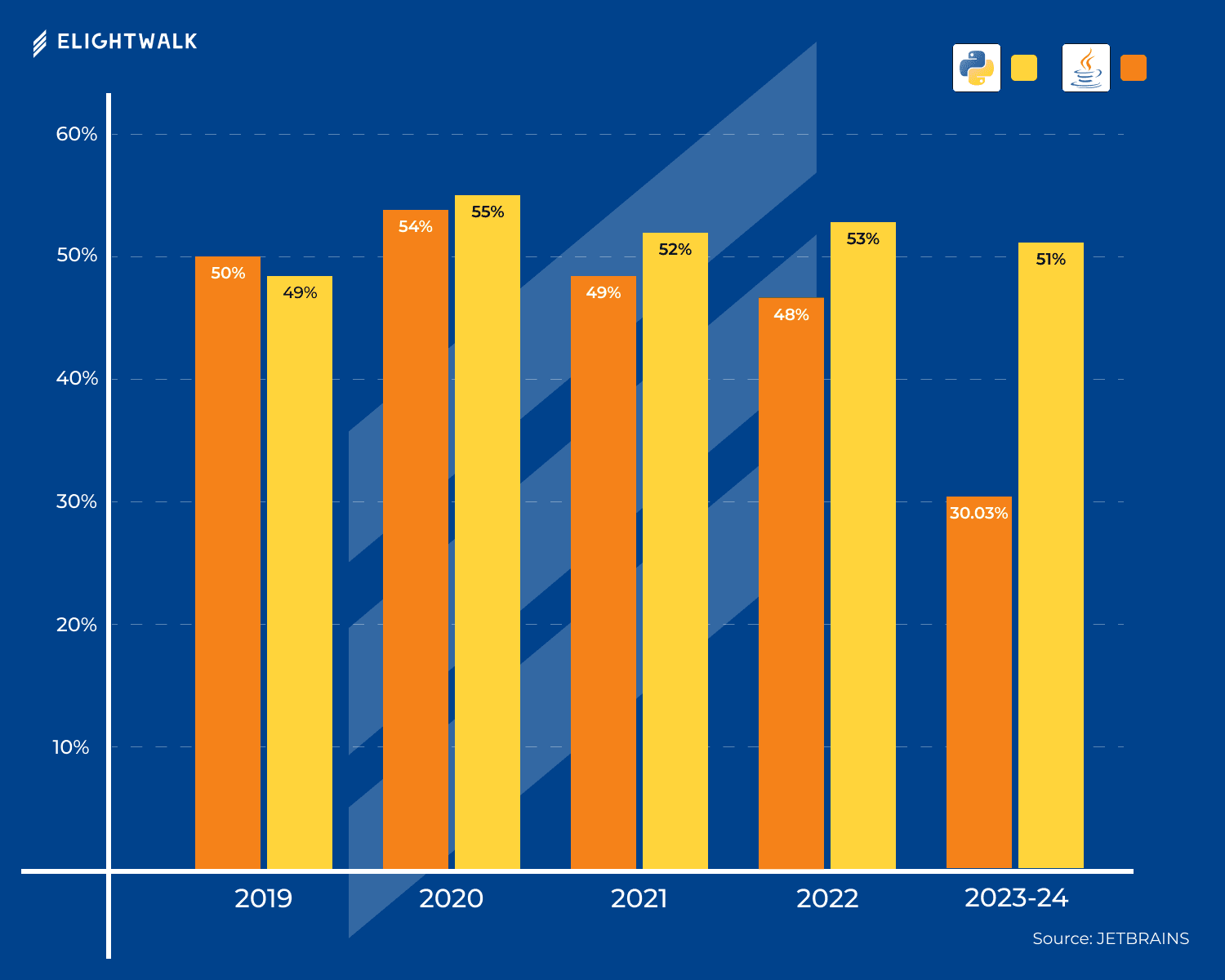Java vs Python have been around since the 1990s. Since then, they've both grown very popular. Each has a huge, loyal community. This has led to an ongoing "Python vs. Java" debate, with people often asking which one is the best programming language.
These kinds of comparisons are pretty common in software development. They help us see each language's strengths and weaknesses. This is useful for newbies choosing which language to learn first. For instance, we've looked at Python frameworks like Flask and Django before to help make those choices easier.







